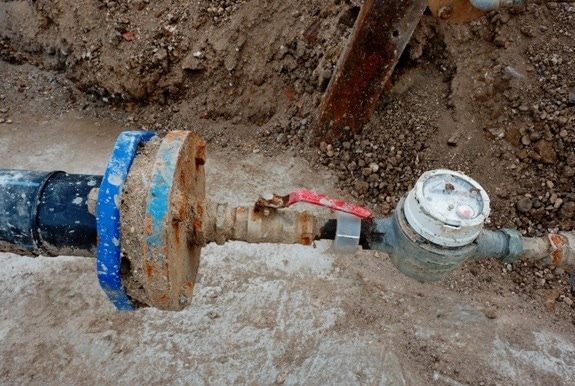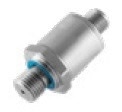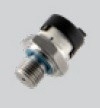One of the biggest challenges that water distribution networks and water utilities face is “non-revenue water,” or the loss of water throughout their network that no one pays for.
Such losses result from both real losses stemming from leaks in pipes, joints, and fittings and apparent losses caused by metering inaccuracies and unauthorized consumption, totaling 30-50% of the water input into the distribution networks.
As the world shifts towards greater connectivity and intelligence, water utilities seek novel solutions to address this problem and decrease non-revenue water.

Image Credit: Sensata Technologies, Inc.
Solution
One practical and cost-effective method of mapping a water distribution network is to deploy pressure sensors at various nodes. This approach allows utilities to identify and address areas of unexpected water loss more efficiently.
Hydrants and commercial and residential water meters are typically considered prime locations for incorporating pressure sensors.
Sensata Technologies, a renowned leader in pressure sensors, has developed the PTE7300 that provides low-power digital I2C electrical output in either a module or a fully hermetic package.
The module is ideal for customers seeking design flexibility and lower costs, while the fully hermetic sensor is rated to IP69K ingress protection and comes equipped with a 5-pin M12 connector boasting gold pins and a glass-to-metal hermetic seal inside the connector. Both packages are compatible with drinking water safety regulations.
Recommended Products
Table 1. Source: Sensata Technologies, Inc.
| Reference on Diagram |
Product |
Features |
Function |
Brand |
| 1 |
 |
PTE7300 Full Sensor |
- Operating pressure range: 0-16 bar to 0-600bar (0-232 psi to 0-5800 psi)
- Low power consumption
- Plug and play I2C electrical communication
- Fully hermetic IP69K
- Glass to metal seal M12 connector with gold pins
|
Monitor water distribution network pressure |
Sensata Technologies |
| 2 |
 |
PTE7300 Module |
- Operating pressure range: 0-16 bar to 0-400 bar (0-232 psi to 0-5800 psi)
- Low power consumption
- Plug and play I2C electrical communication
- PCB with pins for easy and flexible integration
|
Monitor water distribution network pressure |
Sensata Technologies |
Water Network

Image Credit: Sensata Technologies, Inc.

This information has been sourced, reviewed and adapted from materials provided by Sensata Technologies, Inc.
For more information on this source, please visit Sensata Technologies, Inc.